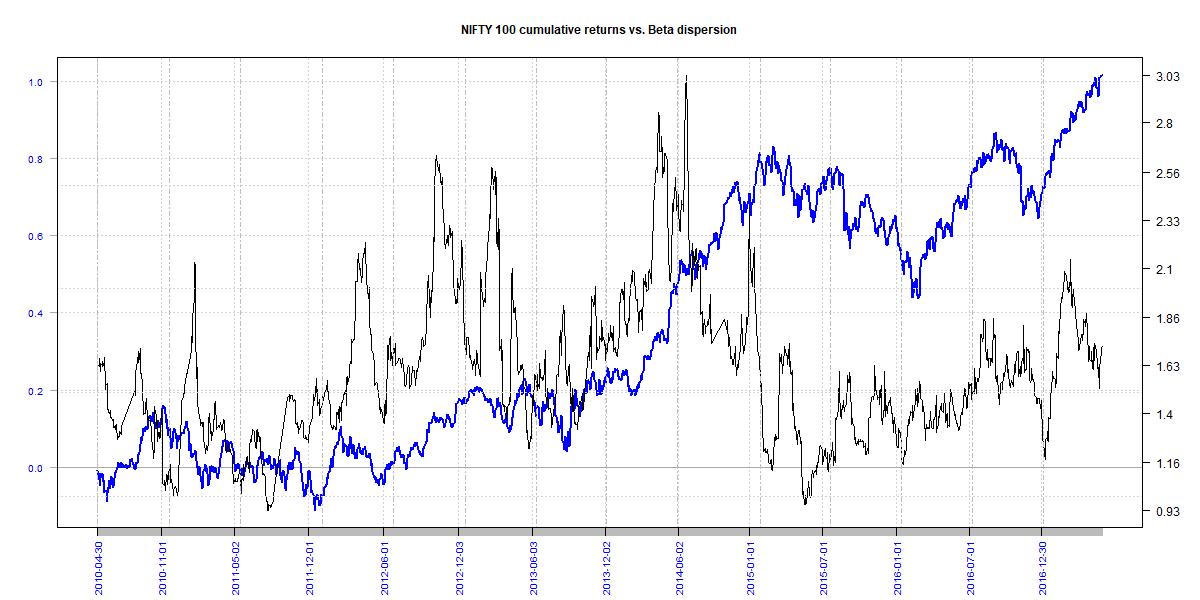We recently came across a post titled “IMPROVING THE ODDS OF VALUE” (link,) where the author uses the skewness of one-year daily returns to time the value factor. Here, we try to replicate/extend the original backtest.
Key differences
We had to make some tweaks to simplify the task:
- The original uses a one-year lookback period, we use a 220-day (trading days) lookback. [minor]
- The original uses the S&P 500 index, we use the SPY ETF. Our prices are adjusted for dividends. [minor]
- The original constructs a long-short value portfolio. i.e., an academic alpha portfolio. We use it to time the IVE ETF which tracks the S&P 500 Value Index. [major]
We expected the major premise of the original post – that you can go long value during periods of positive skewness and go into cash otherwise – to hold. And perhaps provide some marginal advantage while using it to time a long-only value ETF.
Results
We observed the exact opposite result. Going long IVE during periods of positive skewness under-performed going long IVE during periods of negative skewness. In the cumulative returns chart below:
- the black and red lines are buy&hold IVE and SPY,
- the green and blue lines are IVE returns when being long during periods of positive and negative skewness, respectively,
- the cyan and purple lines are SPY returns when being long during periods of positive and negative skewness, respectively,

Note how buy&hold vastly out-performs the timing portfolio.
Further, if you rotate into a liquid fund (earning risk-free returns) instead of going into cash (earning zero), the SPY returns being long during periods of negative skewness beat buy&hold SPY returns:

Perhaps, we are seeing these totally different results because we are long-only and the original back-test was long-short? We are not entirely sure.
Also, the out-performance we observed on SPY failed to replicate on the NIFTY 50 and NIFTY MIDCAP 100 indices.
Code, charts and backtest results for NIFTY 50 and NIFTY MIDCAP 100 indices are on github.





